NVIDIA 3D Vision 2 w/ 3D LightBoost Review
By
The 3D Vision 2 Glasses
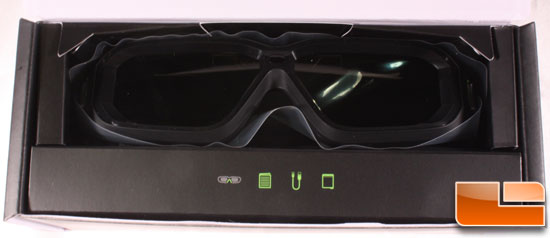
Opening the 3D Vision bundled glasses packaging and you quickly see that there is no wasted space. Everything has its place, is well packaged and overall the packaging is simple and quite sufficient.
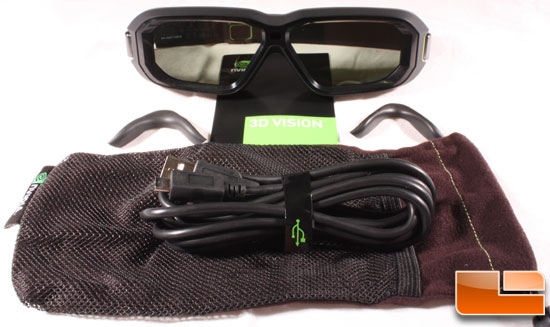
Included are the wireless glasses, USB charging cable, extra nose bridge pieces, a black carrying case and quick start manual. The bundle kit has fewer cables then the previous NVIDIA 3D Vision retail kit mostly due to the IR transmitter being built into the new monitors. I would assume the retail kit will contain similar cables as the previous version; though in the case of the bundle kit it only contains exactly what is required.
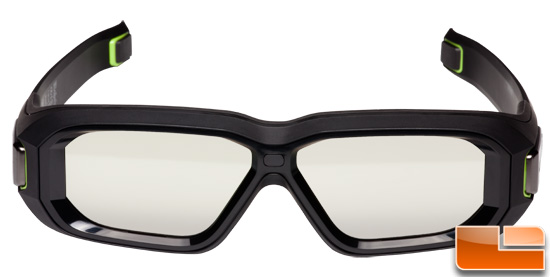
One of the first things you will notice on the new glasses is that they are no longer a glossy black plastic. This is a welcome change if you are like me and hate fingerprints and smudges on everything. The next thing you will notice is the IR receiver has moved from the left frame to the center above the nose bridge. The frame is also quite a bit thinner on the ear pieces and shaped quite a bit differently from the previous version. This greatly improves the comfort level when wearing a pair of full sized headphones or headset.

The new 3D Vision glasses are also quite a bit larger than the previous generation. The lenses alone are 20% larger allowing for a more immersive experience. The drawback to the larger glasses is normally increased weight, however NVIDIA has mitigated most of this by using a very strong and lightweight composite material. While the new glasses are a little heavier (56g vs 50g), the increase is not really noticeable while being worn.

Visually the new 3D Vision glasses have lost that sunglasses type of look. Moving the IR sensor to the bridge helps some, but the overall size of the glasses gives them back that geek look that for the most part was pleasantly absent from the old. While the previous generations aesthetics I believe were a bit better, overall I think the new design makes up for it quite well.
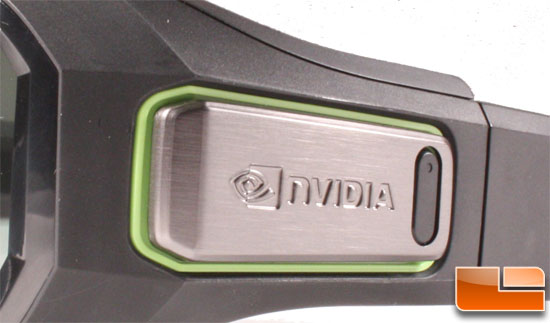
The power indicator and button have been moved and visually integrated into the small nameplate on the left side of the frame. It appears like the battery has also moved to the same location as the interior bulge that was present on the previous glasses is absent. With a matching nameplate area on the right frame, it appears that perhaps NVIDIA has either split the battery into two separate ones in series or has managed to greatly shrink the battery size while keeping the same life. Perhaps NVIDIA has switched to a Lithium Polymer type of battery, but at this time it is unknown.
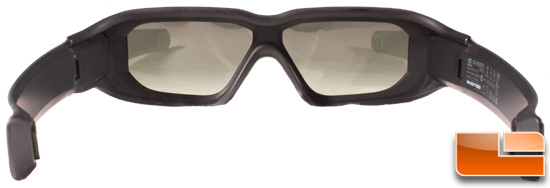
Again, the battery bulge is gone making the glasses symmetrical. The earpieces, while taller, are much thinner allowing for more comfort using a larger gaming headset or headphones. Also the glasses have taken on more of a goggles look and feel to them, with the frame around the lenses extending back toward your face a bit more than on the previous model.

Comments are closed.